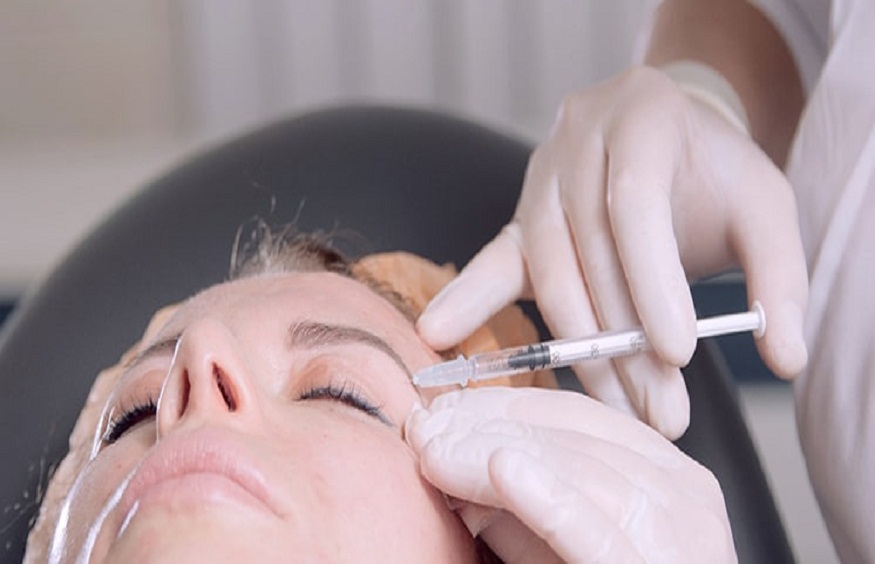Digital design is progressing quickly, combining technology and visual appeal in the most radical pragmatic vision. Virtual and augmented reality (VR and AR) are the vanguard of this change: they challenge how people see and respond to their environment.
These trends are not limited to gaming or other entertainment solutions. They are creeping into industries such as e-commerce, interior design, and even services like lip injections in Leamington spas.
This article explores the impact of VR and AR on the aesthetic industry:
Improved Interactions with Users through Immersive Technologies
Both VR and AR guarantee a high level of immersion and offer users an opportunity to interact with the virtual environment in a more or less three-dimensional space. Compared to simple graphical interfaces, these tools provide a multimediainterface, so the perception of the content resources is almost haptic. This shift is perfect for industries that aim to create an appealing appearance, as clients can follow the process in real time with the result. For example, a person who wants to modify the appearance might “test” various options via AR before making a choice, which would increase confidence and satisfaction with the decision made concerning one’s looks.
Customization and personalization
With the help of VR and AR, personalization is already an essential aspect of digital design when targeting your audience more effectively. In aesthetic services, it may mean that clients can make decisions on, for example, the style or the actual changes that the treatment will bring by seeing themselves virtually. Such high customization is also suitable for clients and service caterers since the satisfaction levels achieved are less likely to be followed by remorse. Organizations that adopt this customization can do so strategically by adopting VR and AR as a competitive edge, as seen by some businesses in Stratford-upon-Avon.
IoT Integration of Physical and Digital Stimuli
Another significant shift that AR and VR can provide in design is the integration of computer graphics into the real world. It helps users place digital content on top of a real environment to gauge how some aesthetics Stratford upon Avon might mix with their environment. This is especially useful in fields requiring the user to have a realistic sense of space, such as designing houses, spaces, or cities. Using mobile AR applications, a user can see how a particular new look, for instance, through furniture or cosmetics, will look in the natural environment. This technology helps reduce uncertainties as it gives a better preview of the end product compared to those above.
Effects on Electronic Business and Shopping
Virtual and augmented reality are effectively used to create an online fitting room, and consumers are provided with an augmented-reality view of the products they want. This capability is revolutionizing the face of the Beauty segment, especially for online shopping, since customers are not limited to images only. For instance, those who want lip injections, beauty procedures, or other treatments can see what a specific service will look like. This additional functionality increases consumer satisfaction and minimizes return density, thus making VR and AR a valuable component of e-commerce.
Final Thoughts
Virtual reality and augmented reality are at the center of advancing the future of digital design by merging technology with aesthetics. These technologies provide the closest opportunities for integration, extensive setting preferences, and symbiosis of virtual and natural environments.

